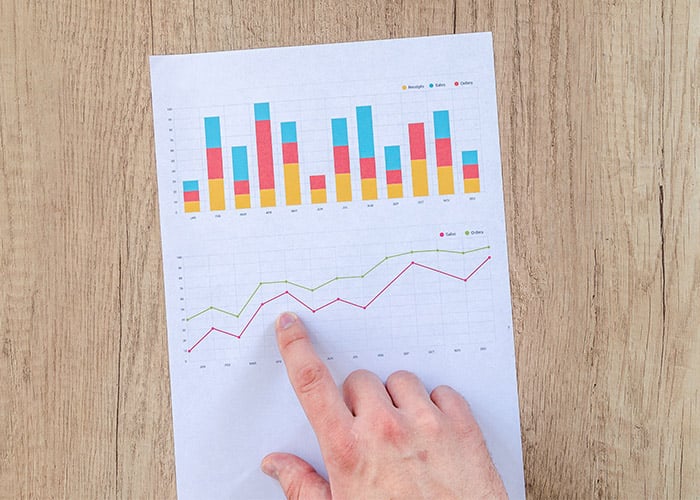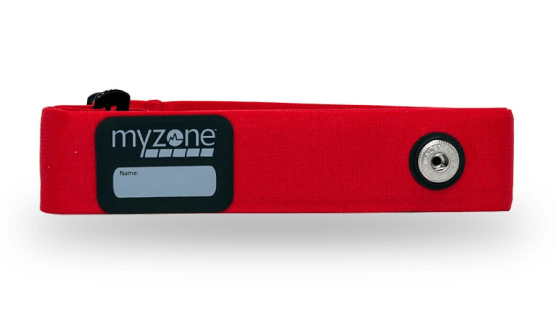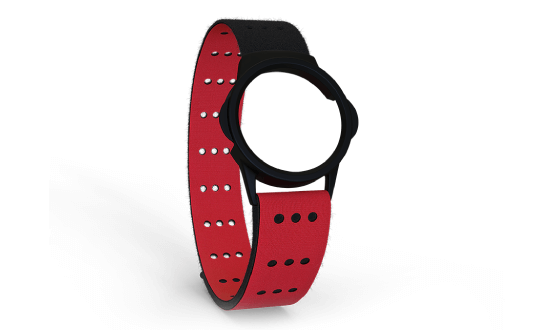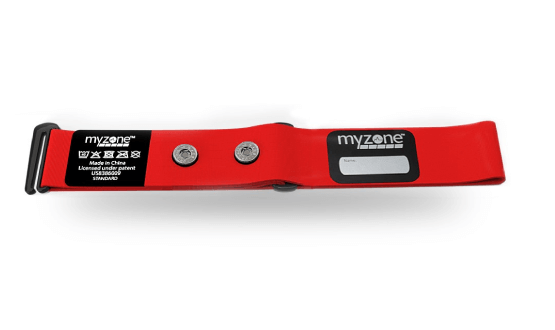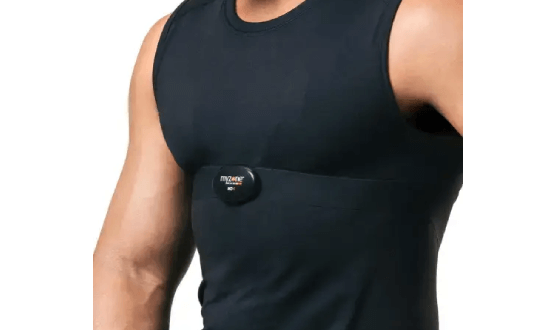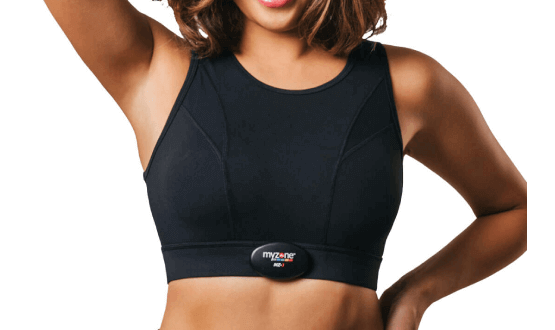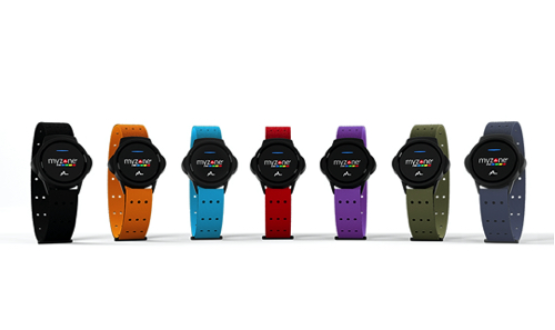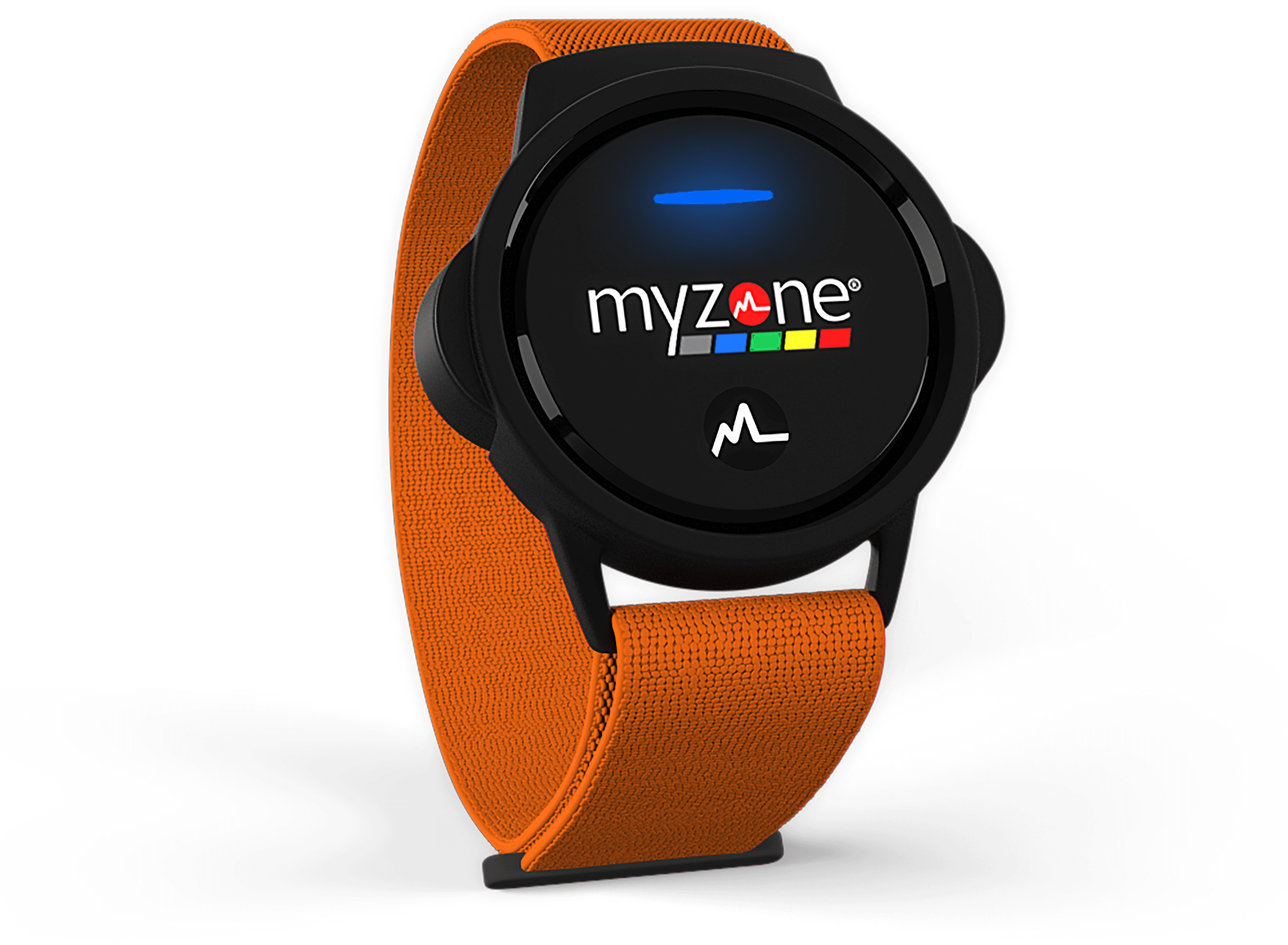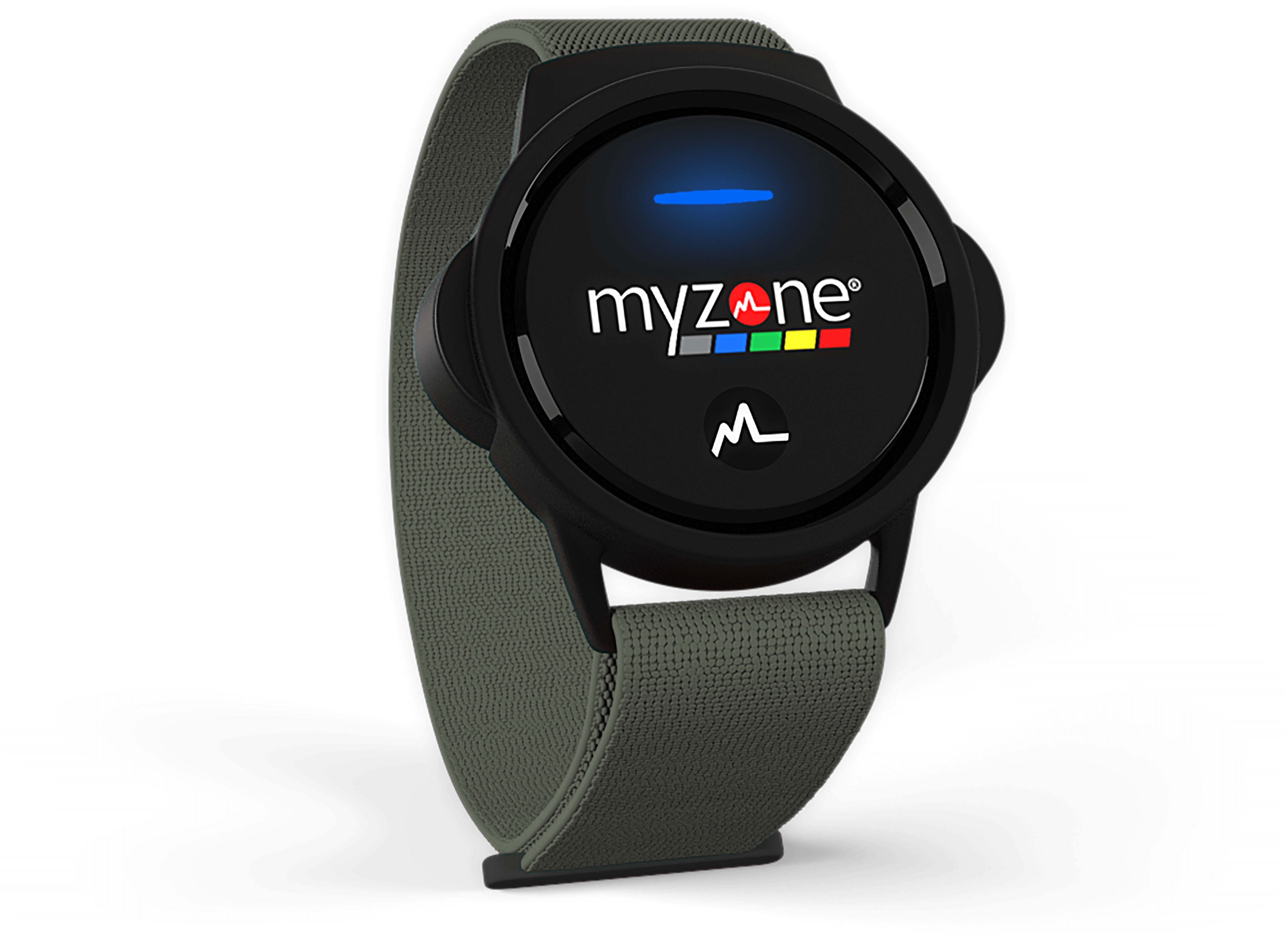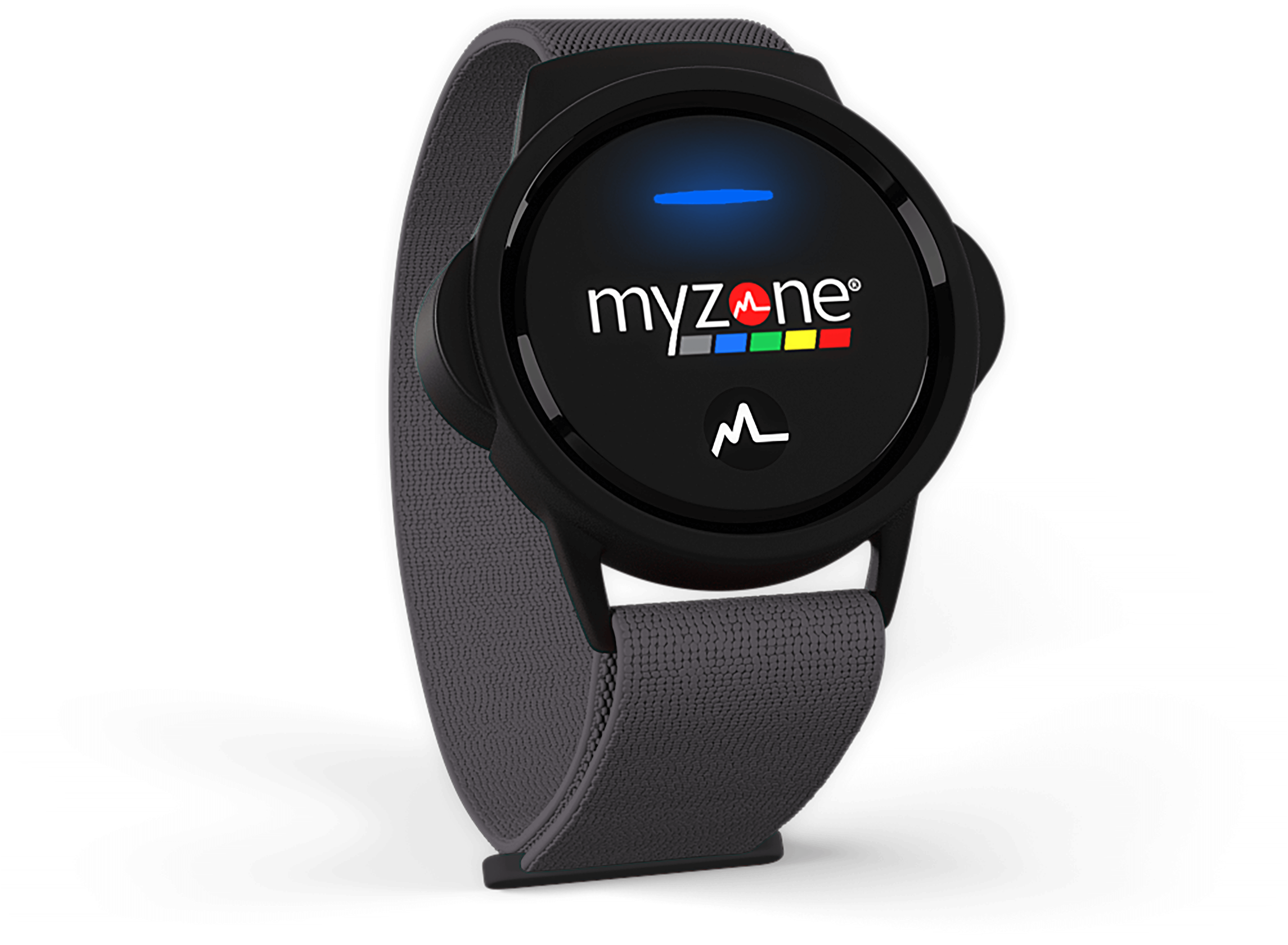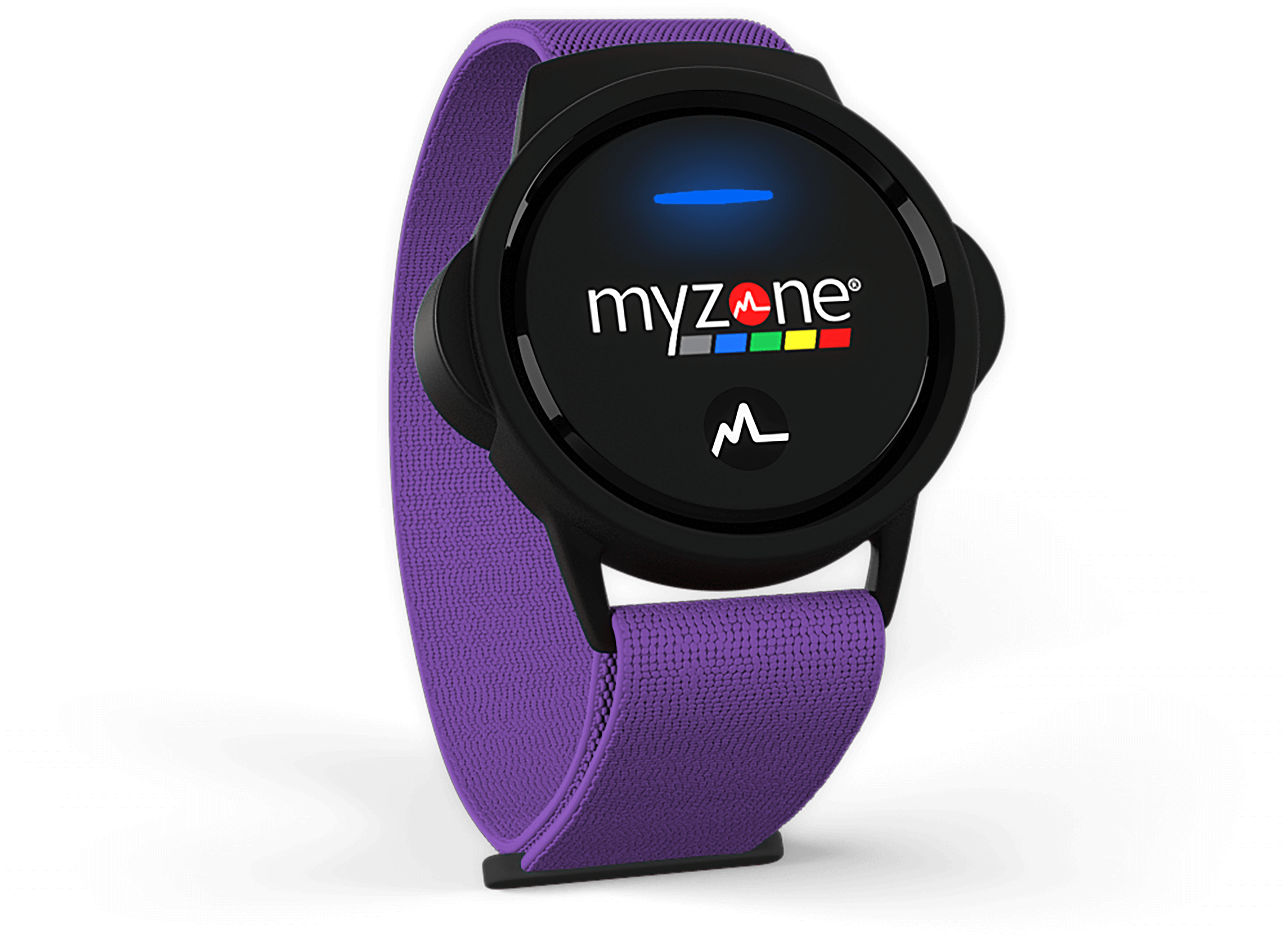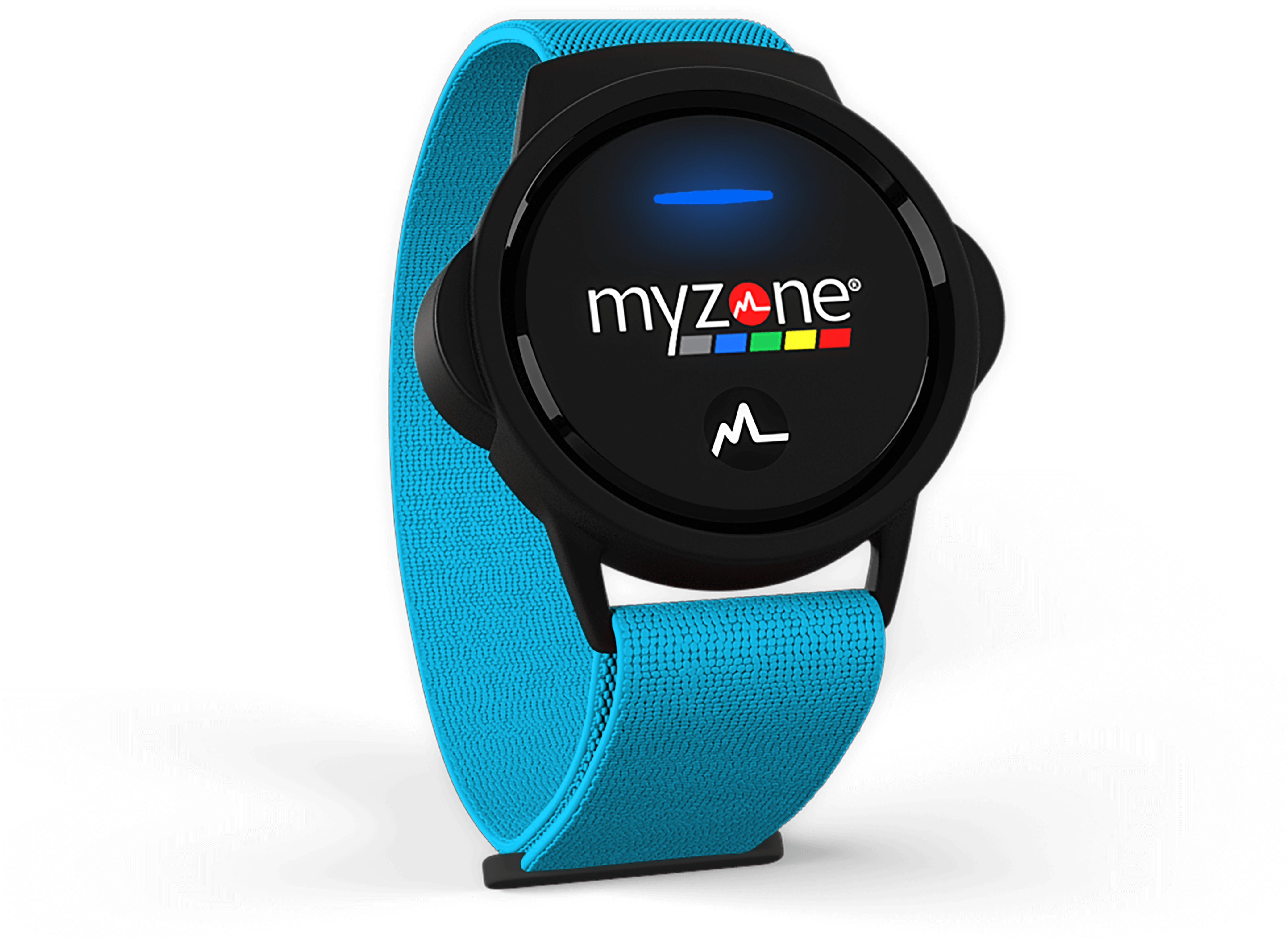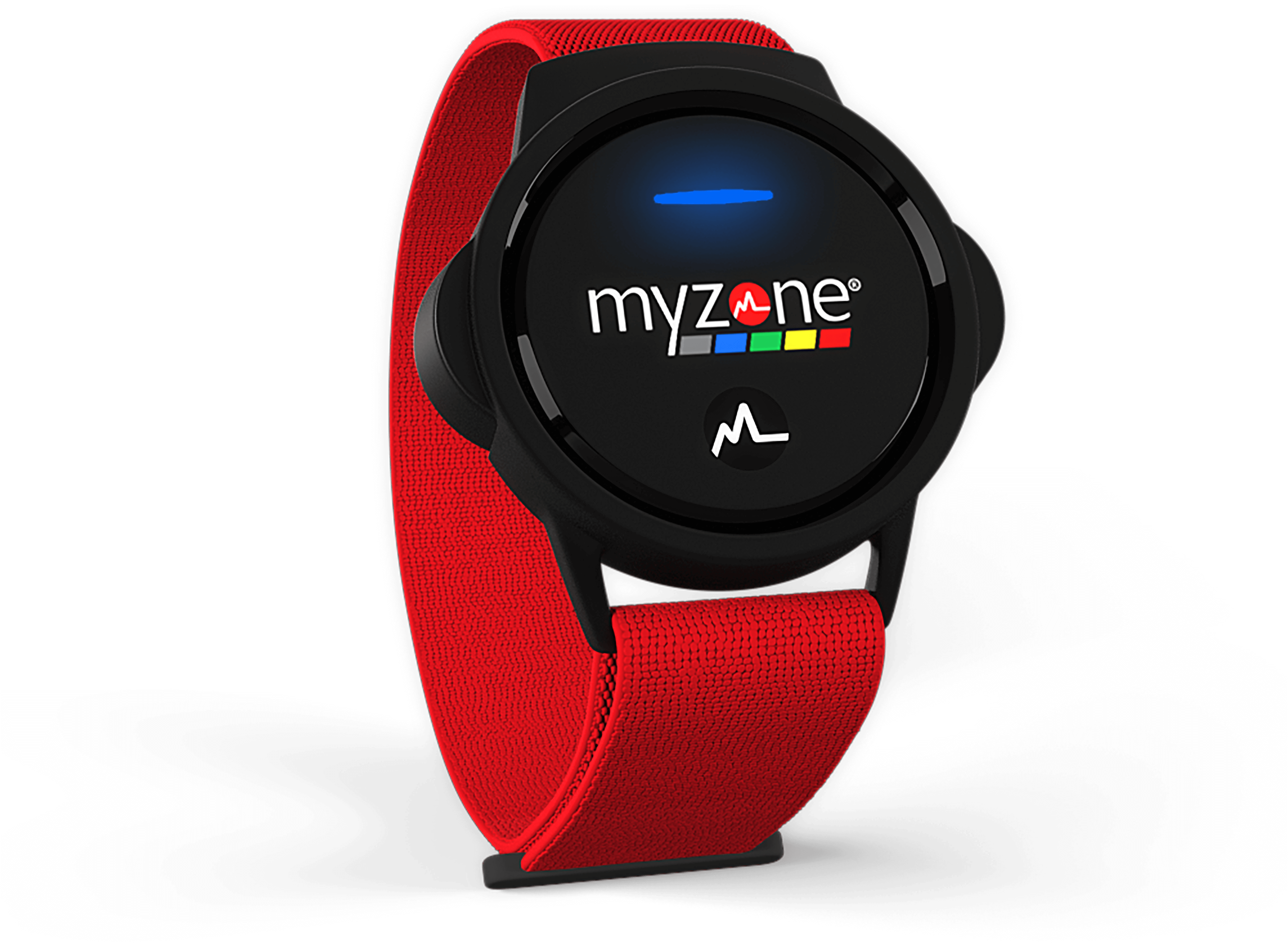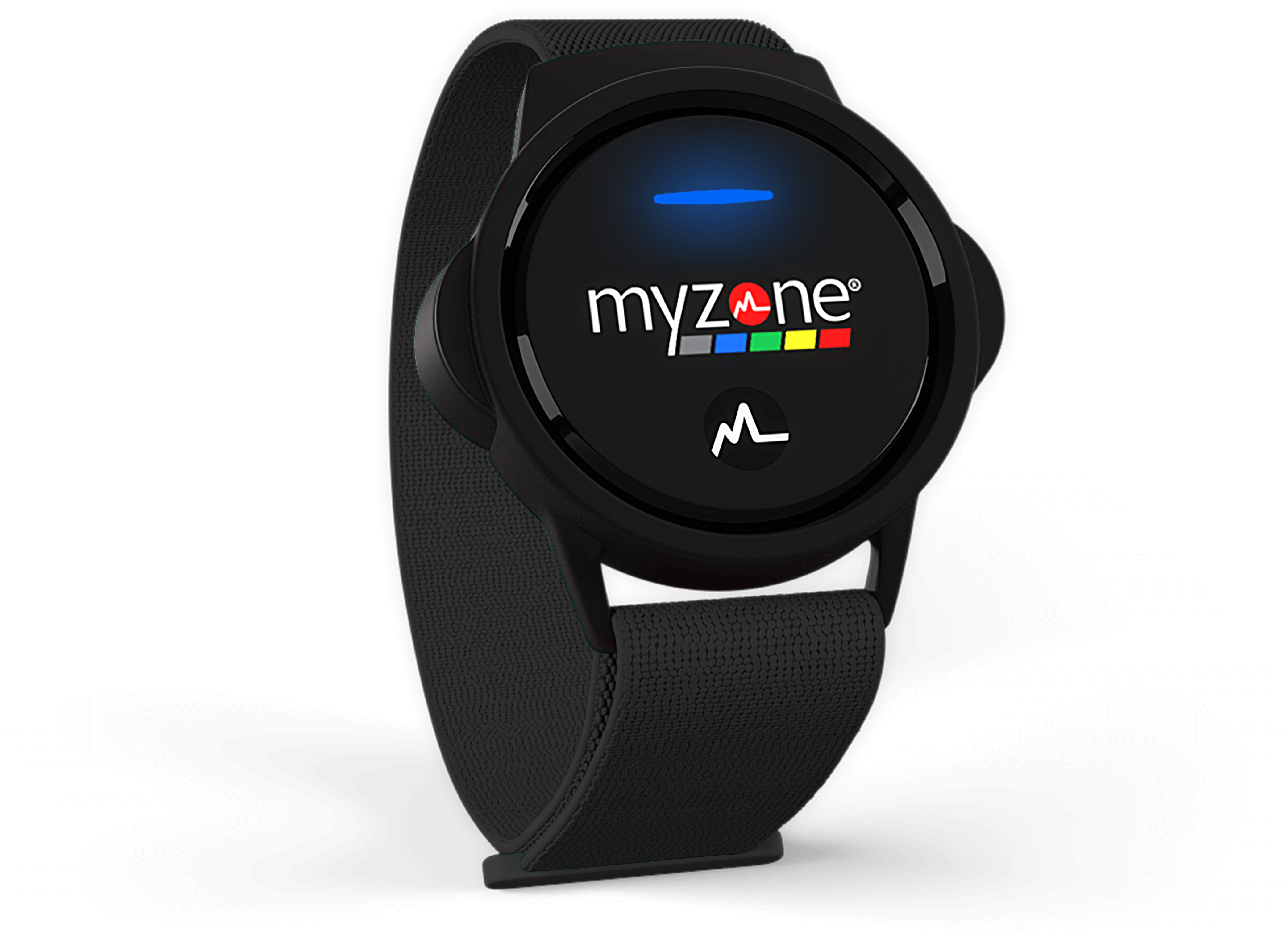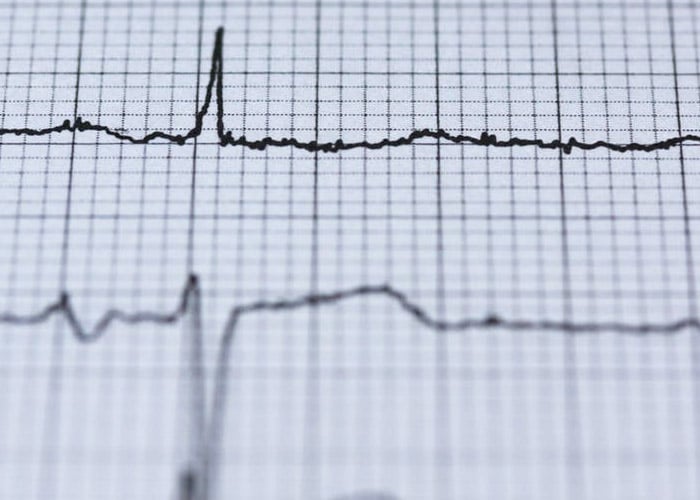
Monitoring your heart rate in real time is essential to holding yourself accountable. But did you also know that it's a helpful indicator of your cardiovascular health? This is where heart rate recovery comes into play.
You may have heard us talk about heart rate recovery before, but it's important enough to explain what it is, why it's a key metric, and how to track it with your MYZONE belt.
What is heart rate recovery?
Heart rate recovery refers to the speed at which our heart rate decreases after a bout of exercise. It's usually measured in the minute following exercise.
Before we go any further, let’s explain a little more about what heart rate recovery means from a physiological perspective.
When we begin to exercise, our sympathetic nervous system (think “fight-or-flight” mode) activates and our parasympathetic nervous system (think “rest-and-digest” mode) withdraws. This causes an increase in heart rate, along with other physiological responses associated with exercise like increased blood pressure and decreased blood flow to our digestive organs.
Upon cessation of exercise, the opposite occurs, causing a decrease in our heart rate and a return of our body toward homeostasis. Our nervous system’s ability to alternate between sympathetic and parasympathetic activation can have significant consequences for our health, as will be explained in the next section.
Why is heart rate recovery important?
Studies have indicated that the speed at which our heart rate declines after exercise is due to how quickly our nervous system shifts from sympathetic to parasympathetic.
The ability of our parasympathetic nervous system to reactivate is an important indicator of our cardiovascular health and fitness.
In fact, delayed or impaired parasympathetic activation has been shown to increase our risk for mortality and even sudden cardiac death. A 1994 study published in the Journal of the American College of Cardiology found that heart rate recovery is slowed in patients with chronic heart failure, but it is accelerated in well-trained athletes.
Since then, several studies have found that heart rate recovery is a predictor of cardiovascular disease, as well as cardiovascular and all-cause mortality. It may also be used to monitor changes in cardiorespiratory exercise performance.
For instance, this study, published in The New England Journal of Medicine, followed 2,428 adults for six years. At the conclusion of the study, researchers found that an abnormal heart rate recovery (defined in this study as less than 12 beats in the first minute after exercise) is a strong predictor of the risk of death.
If you’d like to learn more about research on heart rate recovery, check out articles here, here, and here.
Before moving on, we do want to point out a few limitations in the research on heart rate recovery. For example, recovery protocols are not standardized in all studies – some studies include complete recovery in a seated position following exercise, while others include a cool-down period of light exercise.
Further, as far as we could find, there is not a clear-cut criterion for an abnormal heart rate recovery. However, multiple studies examining some of the health risks associated with a slow recovery used 12 beats or less as the cutoff.
Wait, this research sounds terrifying…
Yes, talk of sudden death, mortality, and disease can be tough to handle, and we do not want it to scare you off. Here’s the bottom line (from our perspective):
Think of a “healthy” “fit” heart as a heart that is highly efficient. It does just the right amount of work – no more than is needed – in order to avoid undue stress. The more quickly our heart rate can decrease after exercise, the less stress on our heart. Since we need our heart to work for quite a while (our entire life), a more efficient heart is ultimately better for our health and longevity.
How should I use this information?
As fitness professionals, our goal with heart rate recovery is to offer education and help you to track your progress. Given some of the research limitations we mentioned above and our scope of practice, we cannot look at your heart rate recovery results and diagnose health conditions.
In fact, heart rate recovery is more of a prognostic tool than a diagnostic one (predicting what might happen rather than identifying a disease or disorder).
For these reasons, we encourage you to track your recovery heart rate over time so you can see if your cardiovascular fitness is improving with your training. A faster recovery is an indication of improvement.
We also encourage you to speak to your physician about your cardiac health. You can even take your MYZONE Activity Calendar and records of your self-measured heart rate recovery to show to your doctor.

How do I track my heart rate recovery with MYZONE?
In its most basic form, tracking your heart rate recovery is as simple doing a little subtraction:
Your heart rate (in beats per minute) at the very end of a bout of exercise
-
Your heart rate (in beats per minute) after one minute of recovery
=
Your heart rate recovery
Test your recovery and record these three numbers. Hold onto them so you can compare the values you get over time. Keep in mind that in order to reliably track your recovery over time, you should be recreating the same test under the same conditions. For example, comparing your recovery after a bout of steady-state exercise to your recovery after a HIIT session will probably not offer you a meaningful idea of any improvements because the protocols are so different.
For this reason, we’ve put together a little recovery assessment that you can try on any piece of cardio equipment. We recommend doing this every 6-8 weeks so you can track your progress.
- Warm up for 5 minutes in the BLUE zone.
- Exercise for 2 minutes in the GREEN zone.
- Exercise for 2 minutes in the YELLOW zone - aim for 85% of your estimated max heart rate.
- Stop exercising and sit down for a 1-minute recovery OR cool down for 1 minute at a very light workload.
We encourage you to do this test with a partner so they can record your heart rate values.
As you continue your fitness journey, you should start to see that your heart rate recovery increases – meaning your heart rate recovers more within the minute after exercise.
You can also gamify your heart rate recovery with MYZONE! Check out our Heart Rate Recovery Game – this is one you can do with some friends or even in a group fitness class.
We hope this blog gave you a better understanding of heart rate recovery and how to track it with MYZONE!
Remember to use the hashtags #effortrewarded and #myzonemoves when you post your workout pics, and don’t forget to add your workout pics with your moves in your Activity Calendar.
For more tips on how to use the MYZONE heart rate monitor and App, follow us during Fitness Fridays on Facebook Live (subscribe on MYZONE’s Facebook Page) – 8 am PT, 11 am ET, and check out our MYZONE Moves Podcast on iTunes or Google Play.





